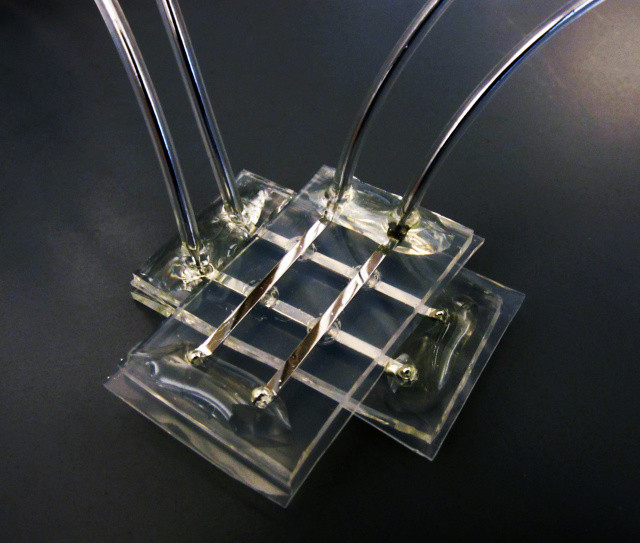Memristor neural network chip enables computers to mimic the human brain

US researchers have developed a new method of building more efficient memristors (memory resistors), an emerging class of electronic circuitry that mimics the human brain to perform complex functions
Scientists at the University of California, Santa Barbara, and Stony Brook University built a circuit that is able to "learn" when exposed to new data, much like the synapses that connect neurons.
Details of the experimental implementation of the memristor chips were published in the journal Nature on 7 May.
What is a memristor?
Memristors are a fourth class of electronic circuitry, alongside resistors, capacitors and inductors. Only confirmed to exist in 2008, memristors behave in a similar way to the synapses of neurons within the human brain.
The resistance to current within a memristor is a product of currents that have previously flowed through it, meaning current flows easier the more a current flows through. Due to these properties, memristors hold potential for non-volatile memory and can make computers better at understanding speech, images, and the world around them.
Previously, brain-inspired chips have relied on many transistors and digital circuits to represent a single synapse. In contrast, the memristor developed by the researchers is able to represent around 100 synapses on a single chip.
"A [biological] synapse is an analogue memory device, and there is really no good way of implementing that in a compact, energy-efficient way with conventional technology," said Dmitri Strukov, an assistant professor at the University of California, Santa Barbara.
"Memristors by themselves are an analogue memory device. It's a perfect match."
The memristor chip developed by the researchers is only a proof of concept for the moment, but it is hoped that it could pave the way for more powerful and reliable devices that could be commercialised for data storage.
"This demonstration is an important step towards much larger and more complex memristive neuromorphic [brain-inspired] networks," the Nature paper stated.
Neural networks utilising memristors could theoretically outperform traditional computing hardware at a fraction of the energy cost.
Possible applications include use within laptops, smartphones and robots in order to process visual, auditory and other types of sensory information.
© Copyright IBTimes 2025. All rights reserved.






















